If you are reading this article, you are probably searching for the best hair loss treatment for men. So, today we will be going into detail about hair loss, specifically for men.
Hair loss is the condition where you start losing more hair than it grows. An average adult human head has anywhere between 100,000 to 150,000 hair and on average 50 - 100 hair falls every day. Whenever the number exceeds more than 100, you may be experiencing hair loss.
Whenever we think about hair loss, we usually think about balding guys, but hair loss is common in girls as well. However, the pattern varies. Guys start losing their hair from their crown and hairline while hair loss in women appears as widening of the partition.
Medically, hair loss is referred to as alopecia and according to the cause of the hair loss. The most common cause of hair loss is genetics which disrupts the flow of hormones. This is known as androgenetic alopecia, while also commonly known as pattern baldness since the hair loss follows a specific pattern. Similarly, according to male or female, it can also be referred to as male pattern baldness or female pattern baldness.
There is a common saying, “Your hair is your crown and glory”, and it's true as the hair is not only about aesthetics, but also is the first line of defense for your head against UV rays. Moreover, throughout history, hair is taken as a sign of virility.
At What age do guys start balding?
There is no definite age at which guys start balding as male pattern baldness affects all men differently. The start of hair fall may occur at different ages and progress at different rates.
Male pattern baldness is the most common type of hair loss in men and it usually starts around the late twenties or early thirties. It may take 15-25 years for men to go completely bald with more than 2 third of men going bald or having a balding pattern by the age of 60.
The male pattern baldness starts with a receding hairline, followed by the thinning of the hair on the crown and temples. This usually leaves a horseshoe shape around the back and sides of the head. While some people may experience complete baldness, it is not too often.
How to recognize hair loss in men?
Hair loss while being a serious issue that bothers a lot of men, it is completely treatable as long as the treatment is taken early on. So, here are some signs of hair fall men of all ages should look out for:
Receding Hairline which starts from the temple of your head or your forehead.
Thinning of hair in the crown area to the point that you start seeing your scalp
Your hair does not style like it used to due to thinning of the hair
Hair lies around, in your pillow, in your basin, or anywhere near you
Your scalp becomes sensitive and irritated even without much exposure to sunlight
These are just some of the signs you need to look out for. To learn more about spotting different stages of male pattern baldness refer to the Norwood Scale.
What are the causes of Hair Loss in Men?
Male Pattern baldness is the most common hair loss in men which is induced by genetics. However, there may be other reasons too that can cause hair loss. TO properly identify the reason for hair loss, you will need to consult with your doctor.
Broadly classifying there are two main types of hair loss according to its cause and nature. They are: Scarring Alopecia and Non-Scarring Alopecia
Scarring Alopecia :
As the name suggests, Scarring Alopecia causes permanent damage to hair roots and adjacent skin, with no chances of hair growing back. This may be caused by mechanical injuries, burns, radiation, or skin diseases such as lichen planopilaris, discoid lupus erythematosus, etc. The only way to treat Scarring Alopecia is with a hair transplant.
Non-Scarring Alopecia:
This type of hair loss is less severe with no damage to the scalp. Moreover, hair may regrow as well. The most common cause of Non-Scarring Alopecia is Heredity/Genetics. Some of the causes of Non-Scarring Alopecia are:
Family History (Heredity): It is the most common form of hair loss which is a hereditary condition that happens with Ageing. Known as Androgenetic Alopecia, it is also termed as Male Pattern baldness where the hair loss occurs gradually and in predictable patterns - receding hairline and bald spots in men. This is triggered by hormonal imbalance and can occur as early as puberty.
Medical Conditions: A variety of medical conditions can cause permanent or temporary hair loss. Alopecia Areata is a medical condition where your own immune system starts to attack and destroy your hair follicles leaving circular or oval patches. Another medical condition may be ringworms which infect the scalp. Trichotillomania is a rare form of temporary psychiatric disorder where patients have an irresistible desire to pull out their hair, from the scalp, eyebrows, or mustaches.
Medications and Supplements: Medications and supplements used for cancer, arthritis, depression, heart problems, gout, or high blood pressure may have a side effect leading to hair loss. Your doctor will inquire about your medical conditions and medications taken before opting for the treatment of hair loss.
Stressful Events: Many people experience a general thinning of hair or abrupt hair fall after a physical or emotional shock. Thyroid disorders, nutritional deficiencies, emotional problems, or accidents may trigger this form of hair loss. In females, this may be induced by pregnancy or child delivery. Medically known as Telogen Effluvium, this form of hair loss is usually temporary and hair starts to grow after the removal of stressor or trigger. In
Hairstyles and treatments: Excessive hairstyling or hairstyles that pull your hair tight, such as pigtails or cornrows, can cause a type of hair loss called traction alopecia. Hot-oil hair treatments and permanents also can cause hair to fall out. If scarring occurs, hair loss could be permanent.
What are the best hair loss treatments for men?
Hair loss is a serious concern for a lot of men affecting them but there are many ways to treat it. Today, we will discuss different ways to treat hair loss.
Natural Treatment of Hair Loss: Hair Treatment at Home
The normal treatment of balding incorporates the things you can do effectively at home or through items. While large numbers of these therapies are not restoratively or logically endorsed, they have been compelling for various individuals. What's more, it's most likely the motivation behind why individuals share them first thing!
Natural Supplements: If you are searching for a natural way to regrow hair and fight hair loss, you will find results that ask you to include supplements that can be incorporated as a part of your eating regimen. Incorporate Iron Rich nourishments like meat, fish, poultry, tofu, broccoli, and green vegetables into your eating routine. Essentially, Biotin (Vitamin B7) found in Eggs, Mushrooms, Pumpkin Seed Oil and amino acids found in fish, eggs, seeds and nuts, entire grains, meat, are known to deal with your general wellbeing and hair wellbeing.
Keen Hair Care: Little and simple changes to your hair care routine can assist with fighting hair loss. Be delicate with your hair, when you wash, dry, or brush. Stay away from tight hairdos and avoid the use of hair curlers and hot rollers. Additionally, keep away from grating hair items and schedule. Additionally, be watching out for split finishes!
Personal Care: Yoga, Meditation, and Exercise are considered important for physical, emotional, and mental wellbeing. Similarly, they are also effective for your overall hair health.
The natural treatment of hair loss includes the things you can do easily at home or through products. While many of these treatments are not medically or scientifically approved, they have been effective for different people. And, it’s probably the reason why people share them right off the bat!
Medication for Hair Loss Treatment:
While there are many medications available that claim to treat hair loss, there are only two medicines approved for Hair loss
Minoxidil: It is the only medication to treat hair loss that has been approved by the US Food and Drug Administration (FDA). It is effective to treat hair loss for both men and women. Minoxidil helps stimulate hair growth on top of the scalp and reduces hair thinning, which can be applied in the form of liquid, soap, or shampoo. However, not everybody gets the same results and for the effectiveness of the medicine, you would have to use it indefinitely.
Oral Finasteride: Oral Finasteride is a tablet that can be ingested. Finasteride works by decreasing the level of Dihydrotestosterone (DHT), a hormone responsible for hair loss.
Medical Treatments & Therapies for Hair Loss:
Besides medications, another effective way to treat hair loss in men is through different medical treatments and therapies.
PRP: Platelet-rich plasma (PRP) therapy is one of the medical treatments which has proven effective to treat hair loss. In PRP, a person’s blood is drawn, processed, and then injected into the scalp as a therapy for hair loss. PRP works by triggering natural hair growth and increasing blood supply to the hair follicles, which eventually increases hair density. PRP is useful to treat the early stages of Androgenic Alopecia and Alopecia Areata. However, PRP is not a permanent solution to hair loss. For effective hair growth, you require multiple therapies every 3 to 6 months.
LASER: LASER therapy is another medical treatment that is diagnosed regularly for hair loss cure. It is a safe, tolerable, and non-invasive cure that includes stimulating hair growth by irradiating photons into scalp tissues at the weak hair follicles. LASER works by invigorating circulation and stimulation into the scalp which allies hair follicles to grow. But, LASER therapy works differently for different people and is not a permanent way to regrow your hair.
HAIR TRANSPLANT: A Permanent Solution to Hair Loss
Hair transplant simply is the process of extraction of hair grafts from areas with dense hair (donor areas - back and side of your head) and implanting them to areas with hair loss (transplantation areas - hairline & crown). In Hair Transplant, the areas from which the hair is extracted are believed to retain its property of growing even when transplanted to bald areas meaning the hair grows naturally.
If you are looking for a permanent and natural solution to balding, a Hair transplant is your answer. It works for both men and women. So, if you are worried about your hair, losing confidence, and fed up with everything you have tried, hair transplantation will give you the results you desire.
There are three main techniques of hair transplant, based on who the transplant is done. They are:
FUT:
One of the traditional methods of hair transplant, FUT or follicular unit transplant is a hair transplant technique where a strip of scalp skin containing hair is taken from donor areas and transplanted to balding areas after carefully cutting under the microscope. Since it includes the transfer of skin strips, it is also known as the strip method. However, in this method, a wound is made in the area from which the strip is taken, which usually takes a week or two to heal. FUT is considered a cheaper technique of hair transplant. But with low cost, it also includes more pain and long healing time with chances of infections. Similarly, the mechanical handling of strips means many grafts will die under the process. FUT can only be done with hair on the head.
FUE:
FUE or Follicular Unit Extraction is an improved form of FUT, where the graft is extracted from the donor areas as fine punches of caliber. The caliber is then stored and transplanted into balding areas one by one in the slits. This is also called “stitchless hair transplantation” as it leaves no visible scarring in the donor area compared to the FUT process. FUT is relatively less painful and heals quicker than FUT. FUT can be used to transplant hair from the beard, chest, and pubic area in addition to the head. However, FUT is also relatively more expensive than FUE.
DHT:
The most advanced hair transplant technique, Direct Hair Transplant modifies FUT by creating the slits in the recipient area(balding area) first. After the slit is made, the grafts are harvested from the donor area and transplanted within 2 -20 mins. This ensures almost 100% graft survival and a maximum hair density. Since DHT does not include the storage of the grafts, the process is also completed in a short duration Also, the recovery time for DHT is the lowest among the three techniques. However, DHT is a superior technique and thus requires a skilled team of doctors who are specifically trained to carry out multiple steps simultaneously. This is one of the reasons why DHT is more expensive and technically demanding.
Each of the techniques has its advantages and disadvantages. FUT has been outdated due to its higher healing time and visible scarring. However, some clinics still promote FUE since it can be achieved at a lower cost. FUE and DHT are now used extensively in the market, but for its clear advantages, DHT is the number one choice for those who want the best results.
Some of the deciding factors for choosing between different hair transplantation techniques include the cost and the availability of doctors. DHT is the most expensive form of hair transplant but also ensures the best results and customer satisfaction.
At Folliderm, we specialize in Direct Hair Transplant and take pride in being the only clinic in Nepal providing DHT.
Natural treatments vs Hair Transplant Procedure
Natural treatment procedures as discussed earlier are just a method to improve your hair growth by staying active, eating healthy, and using naturally known ingredients. However, they do not offer a permanent solution to hair loss nor ensure long term hair growth. On the other hand, Hair Transplant is a permanent solution to hair loss which ensures a head full of hair and a natural-looking hairline.
The difference is that natural treatments can be done easily from the comfort of your home using locally available products. However, hair transplant requires procedures to be performed by expert doctors. So, if you are just experiencing hair loss without severe symptoms, you can opt for natural treatments. Natural remedies are also useful to maintain overall hair health. However, if you are experiencing severe hair loss and looking for a solution, a hair transplant is the best solution.
Conclusion
Hair fall is a natural process that happens every day but is complemented by the hair growth process. However, when your hair starts to fall excessively compared to the rate it grows then you may be experiencing a form of Alopecia. This can be caused by many different reasons, out of which heredity is one of the most common reasons for hair fall in men.
Hair fall can have a huge impact not just on the physical level but on the psychological level too. So, it is utmost for men to treat their hair loss. There are many ways of hair loss treatment which range from natural treatments, medications, medical therapies to hair transplantation. However, a hair transplant is the only permanent solution.
To recap about hair fall and its treatment in men:
Hair loss is a common problem in men that affects more than half of the population.
Hair loss in men may start as early as puberty.
There are various causes of hair fall in men with heredity being the major reason
Male Pattern Baldness is the common form of hair loss in which hairline recedes and hair from the crown area starts to fall.
Hair loss can be treated if detected early on.
Natural Hair Treatment, Medications, Medical Treatments & Therapies, and Hair Transplant are the major ways to treat hair loss.
Hair Transplant is a permanent solution to hair loss treatment in men.
DHT is the most advanced form of hair loss treatment that guarantees satisfactory results
Folliderm is the only hair transplant clinic in Nepal offering Direct Hair Transplant

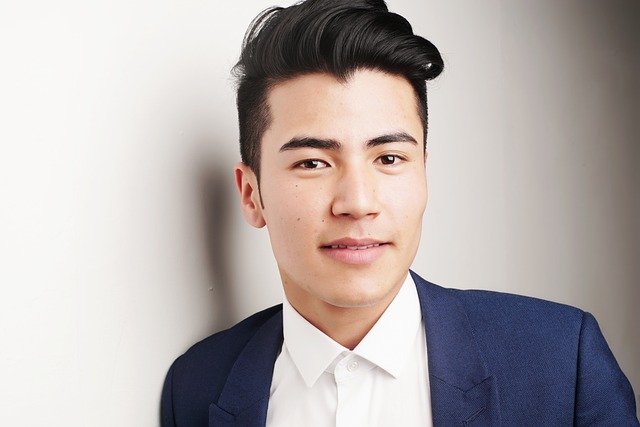


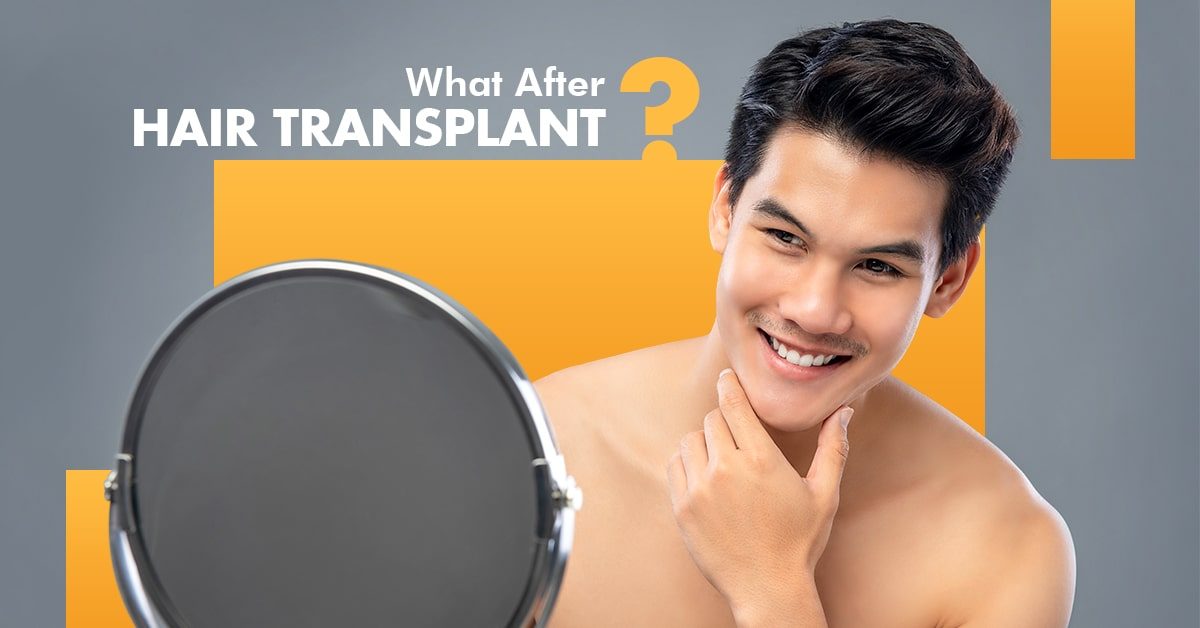


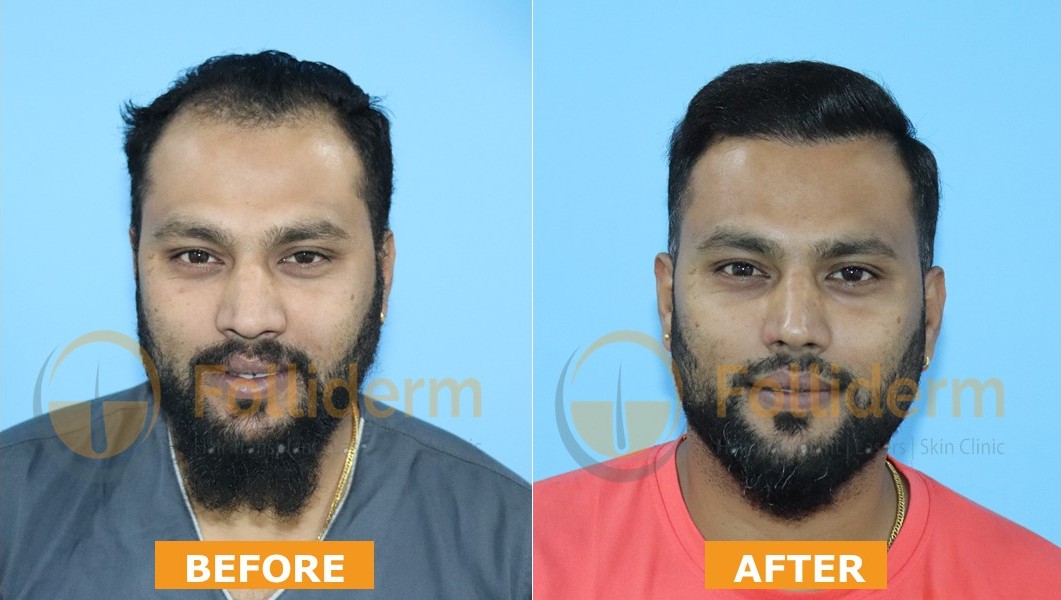
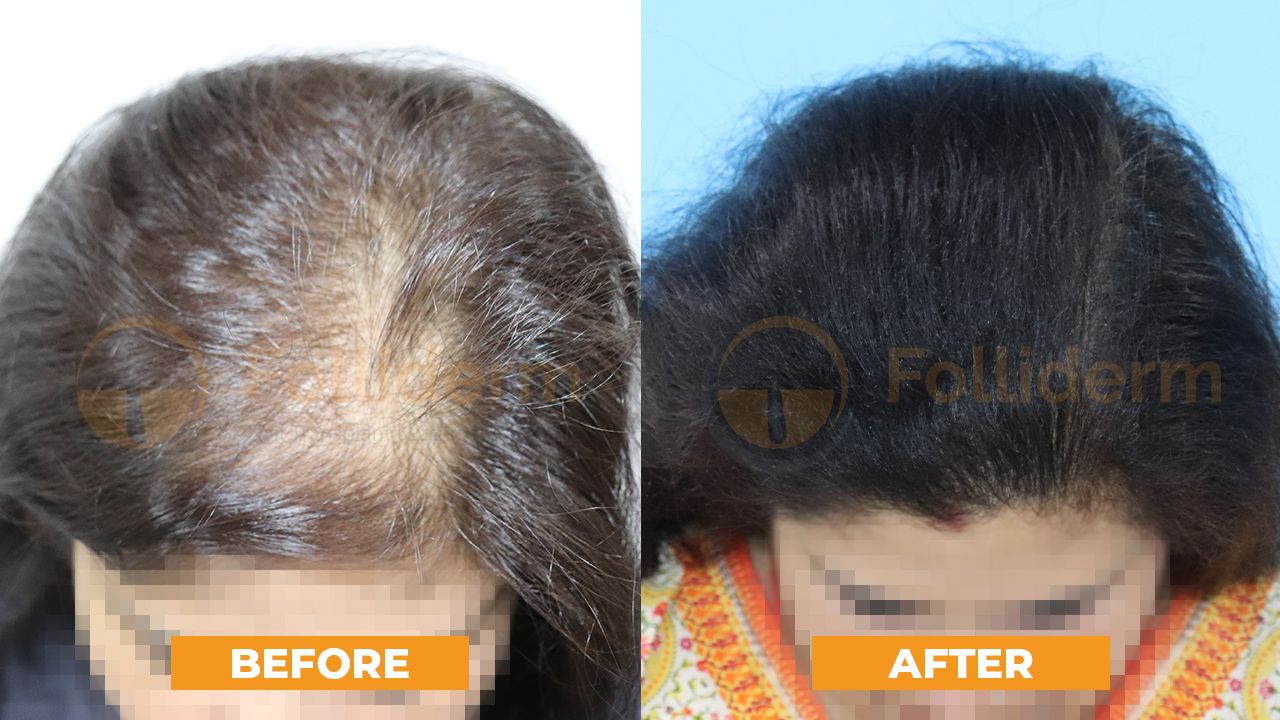
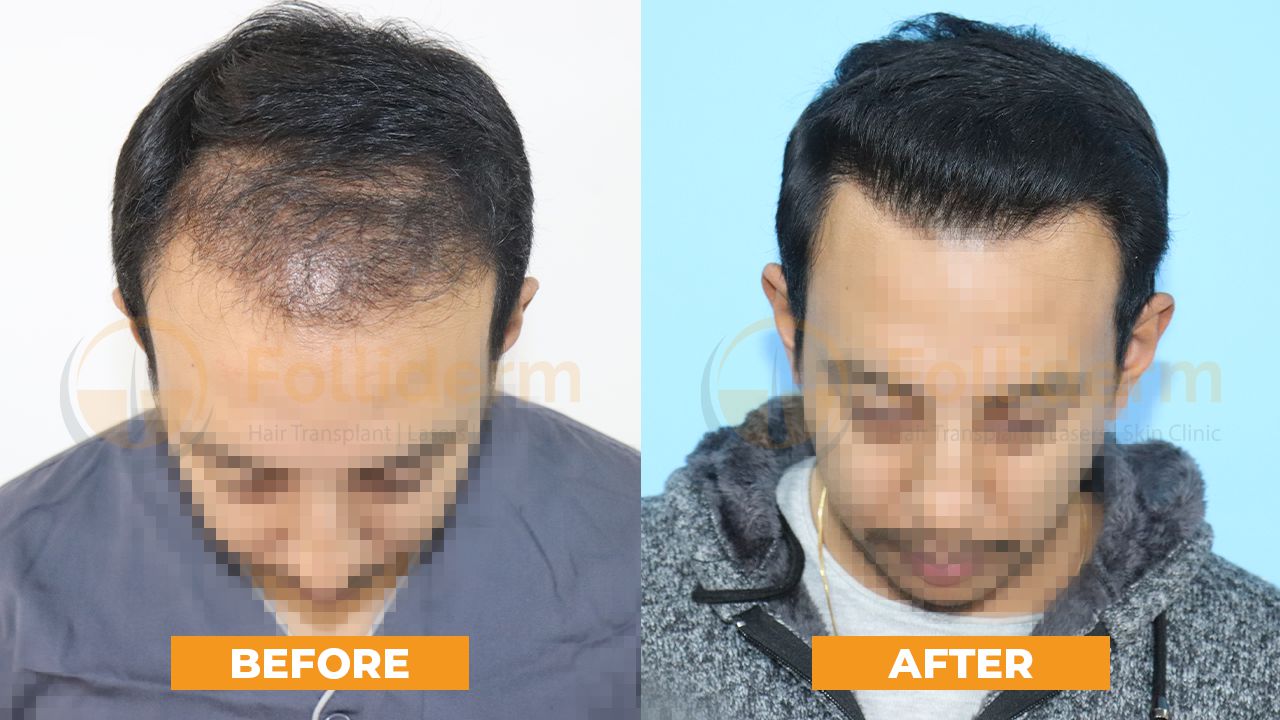
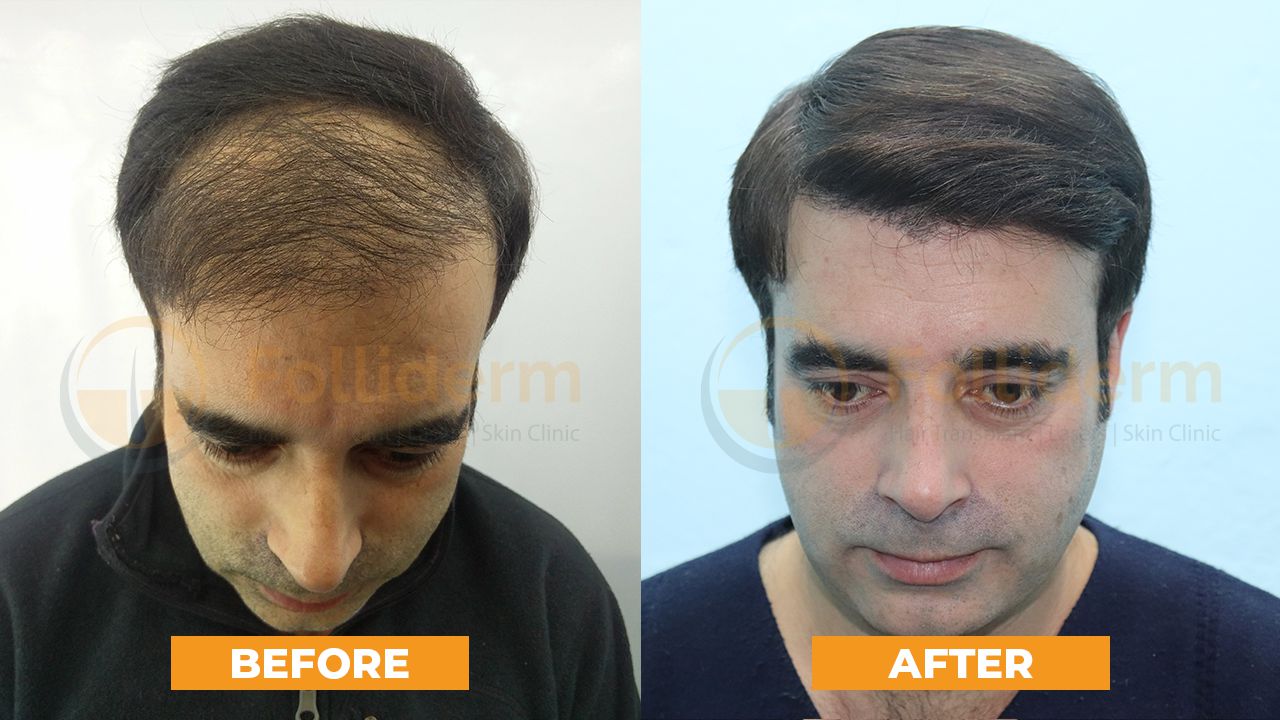
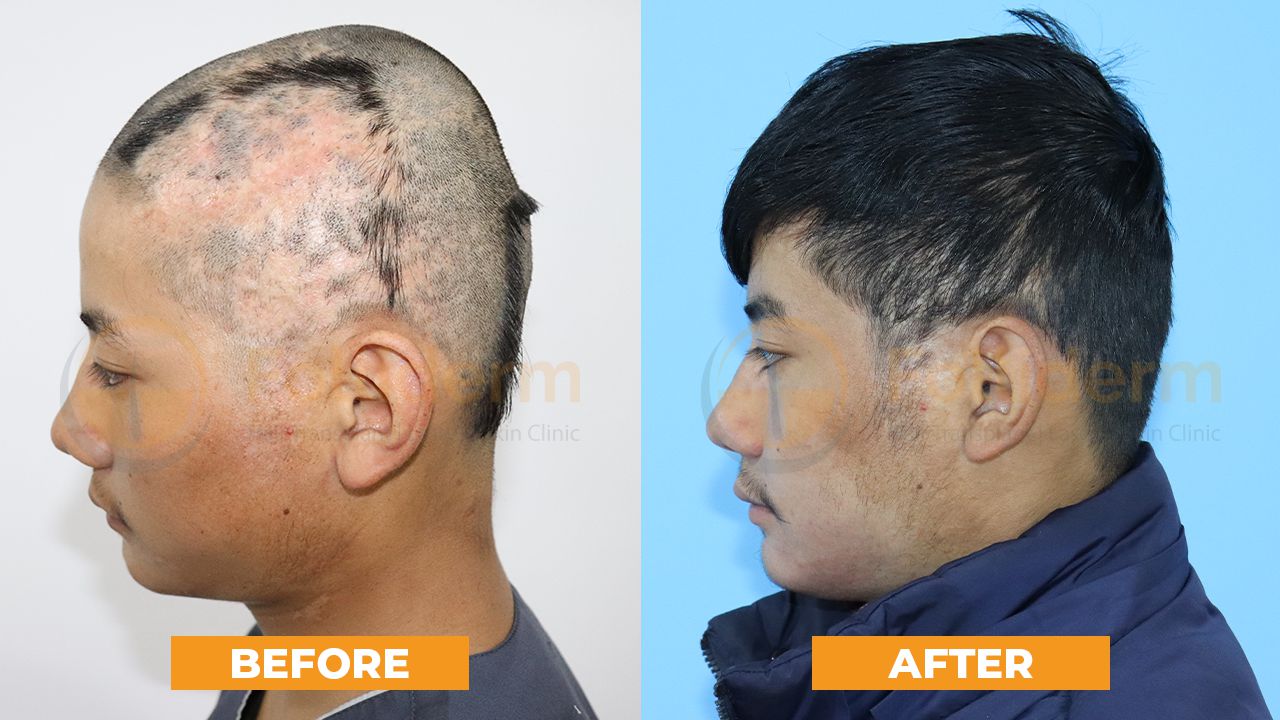
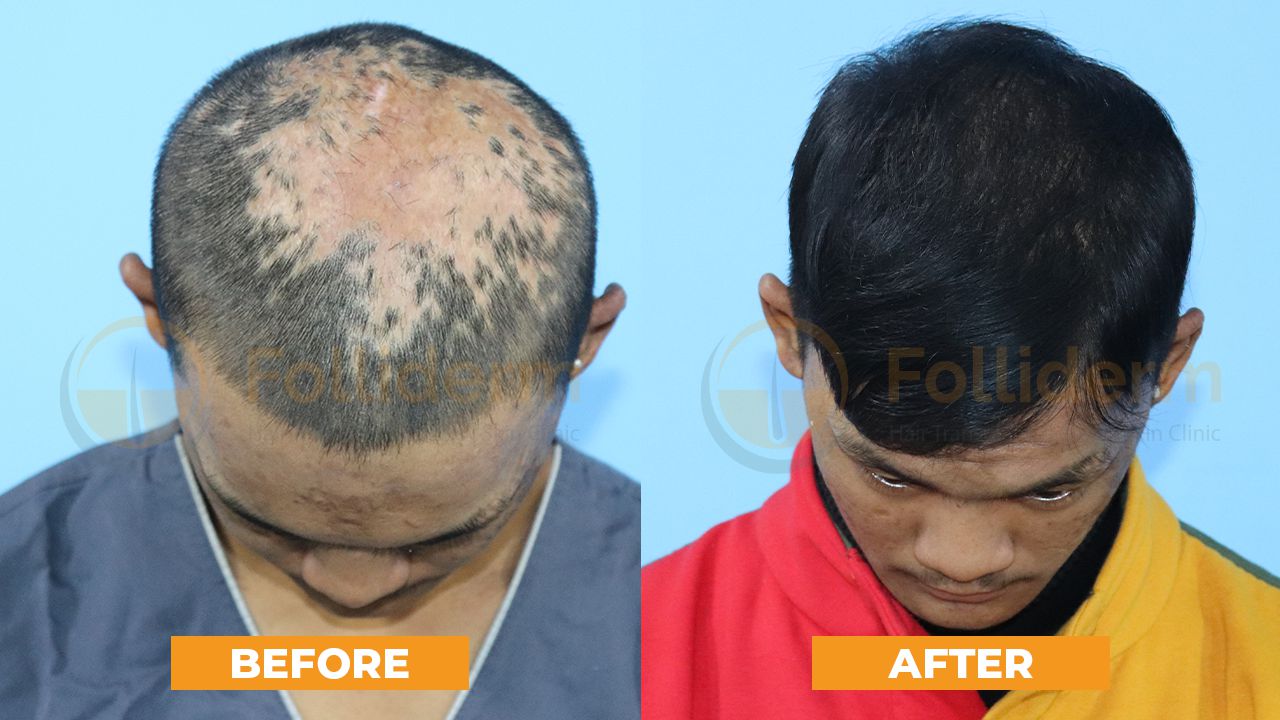
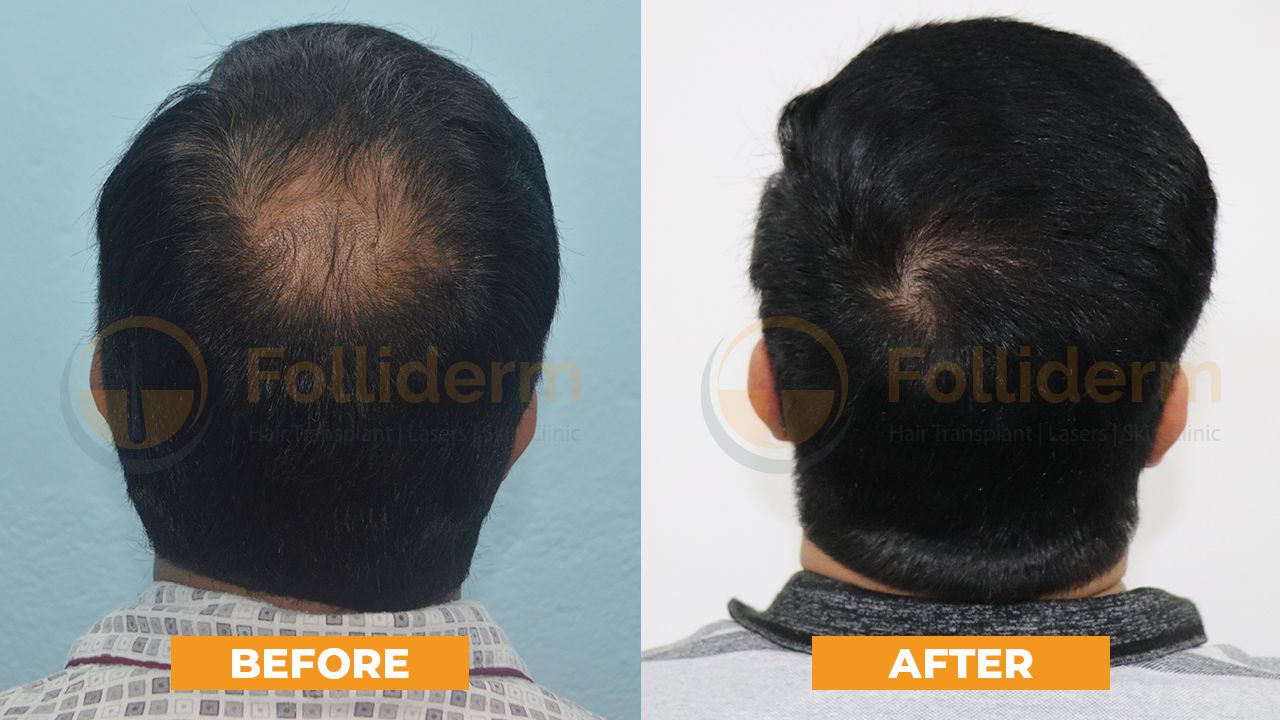
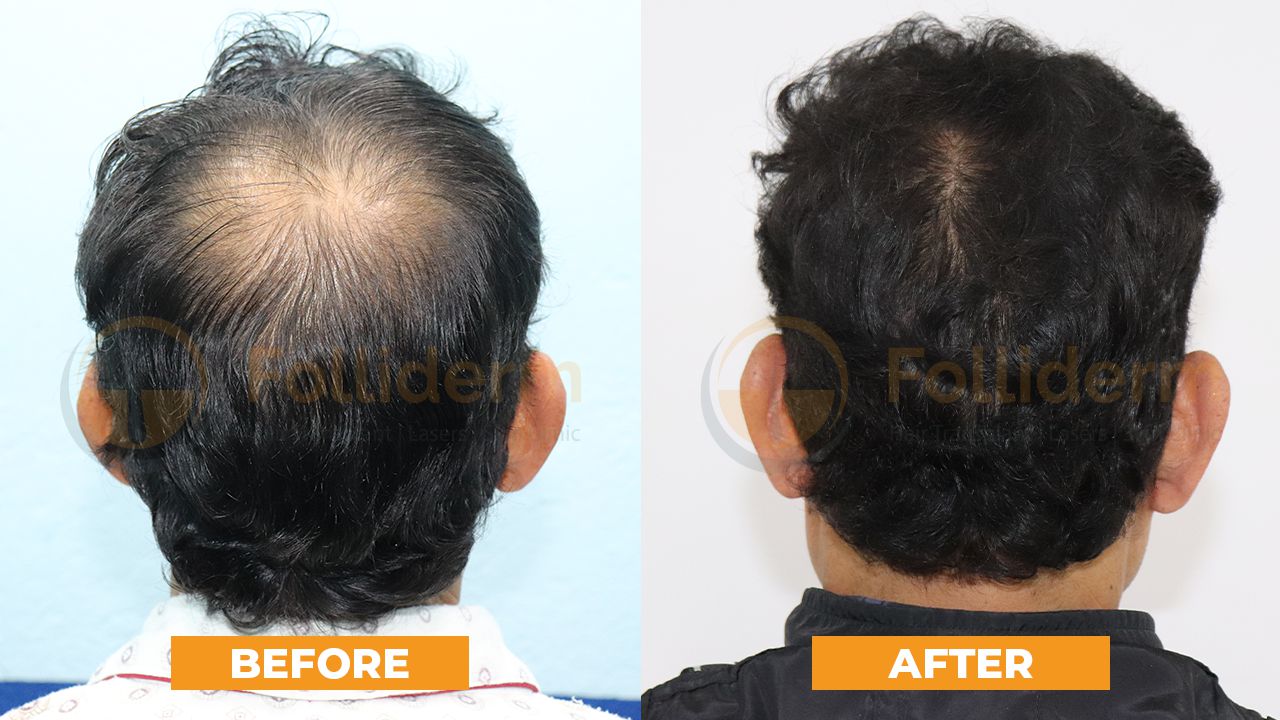
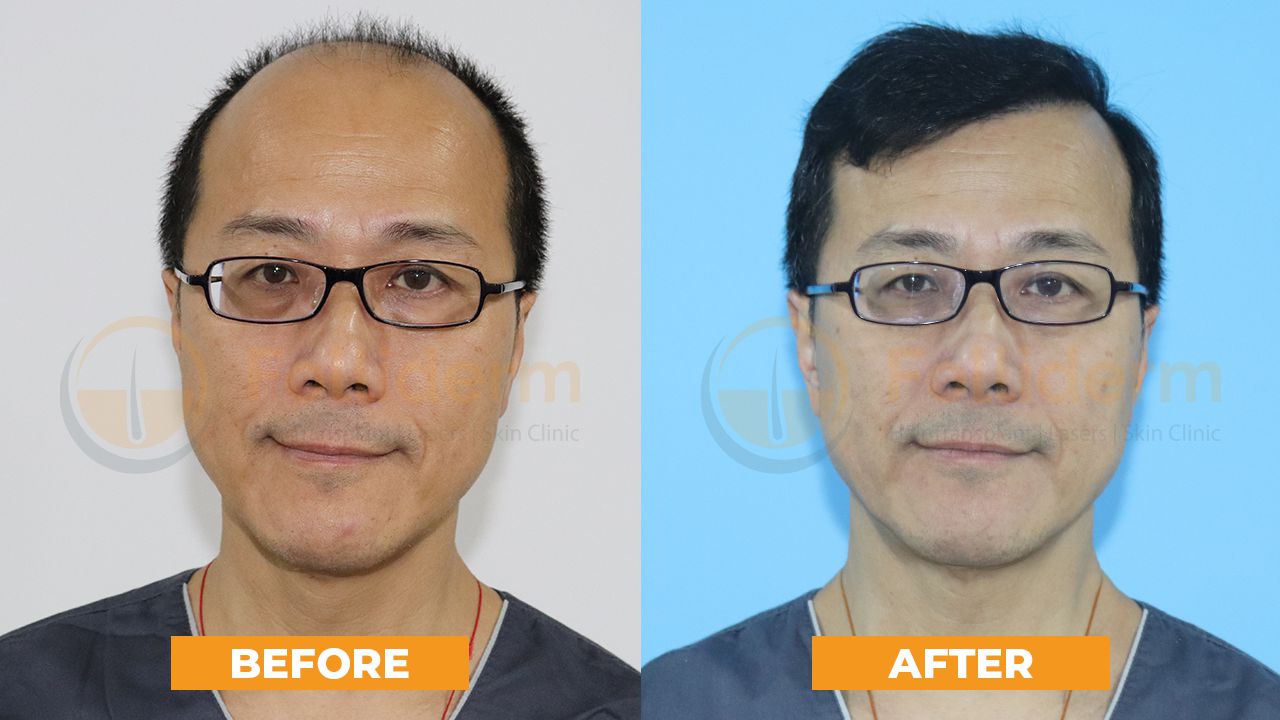
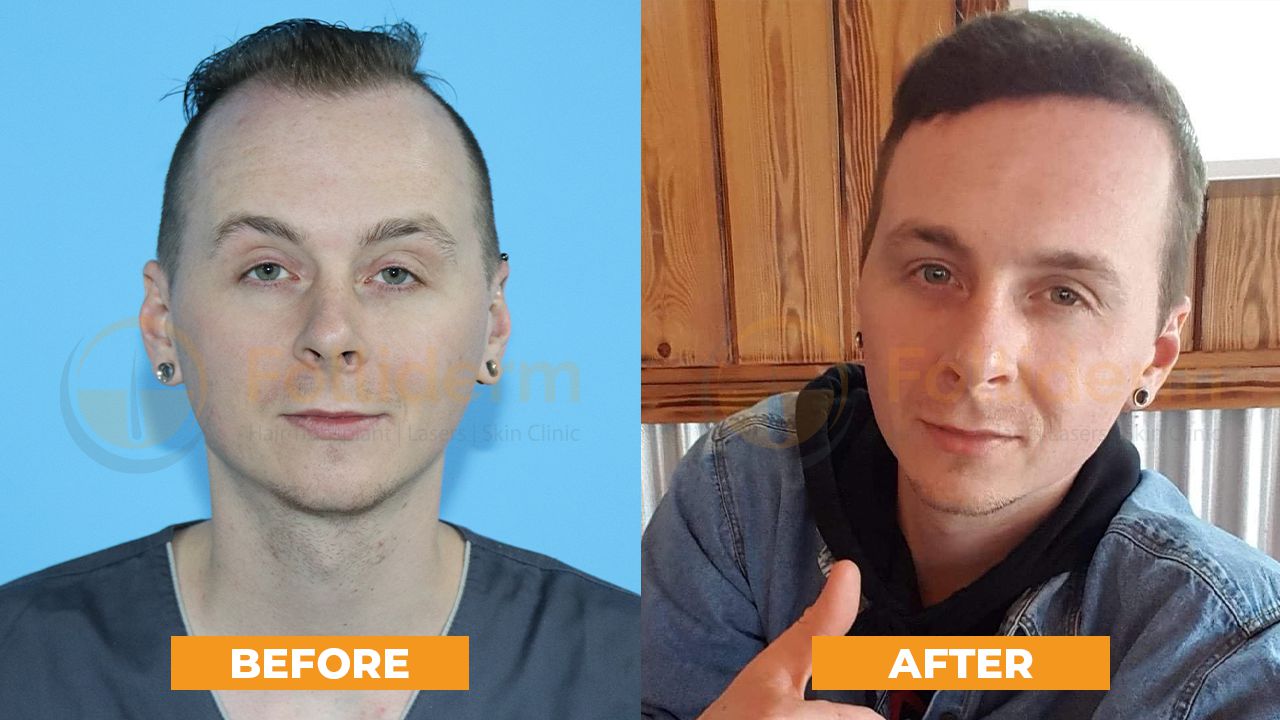
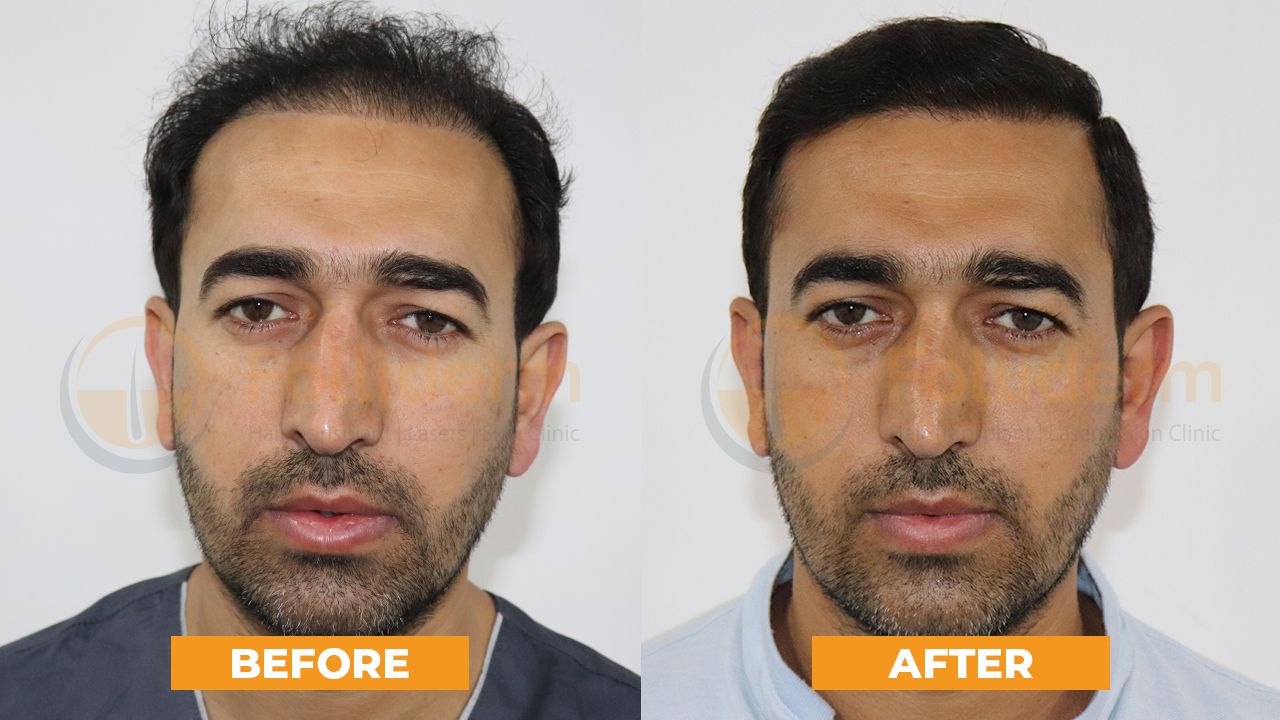
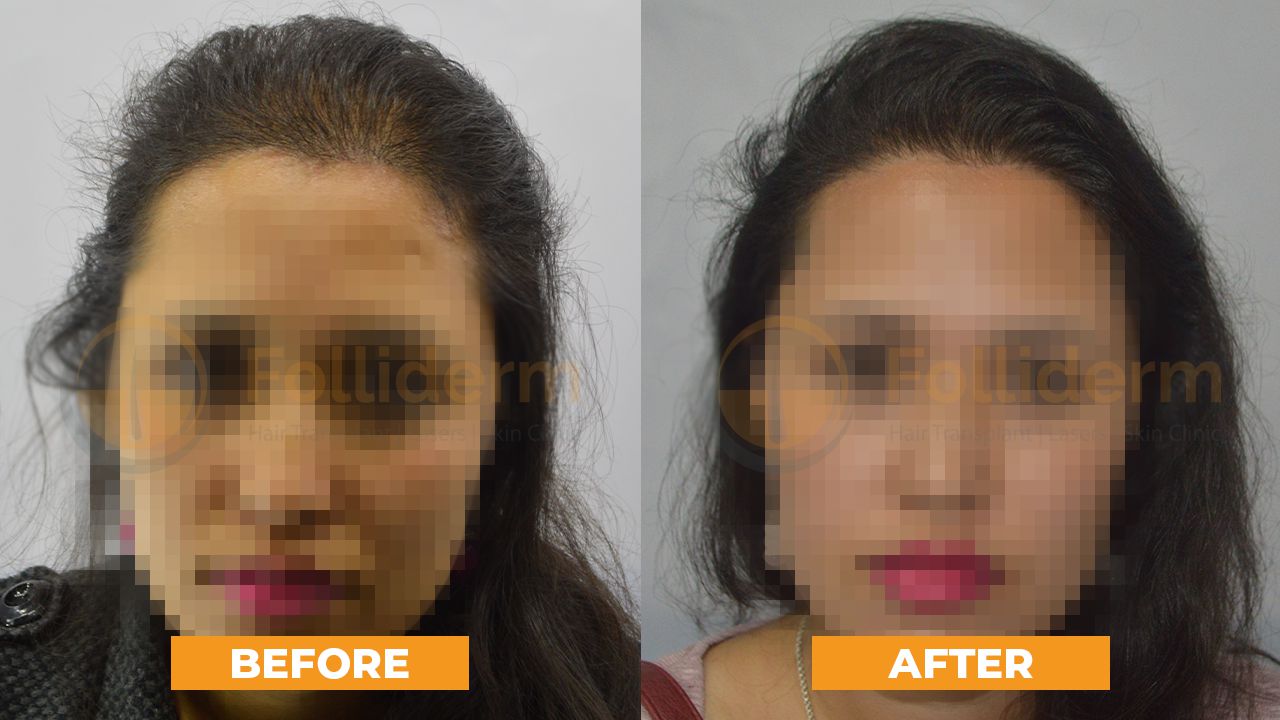
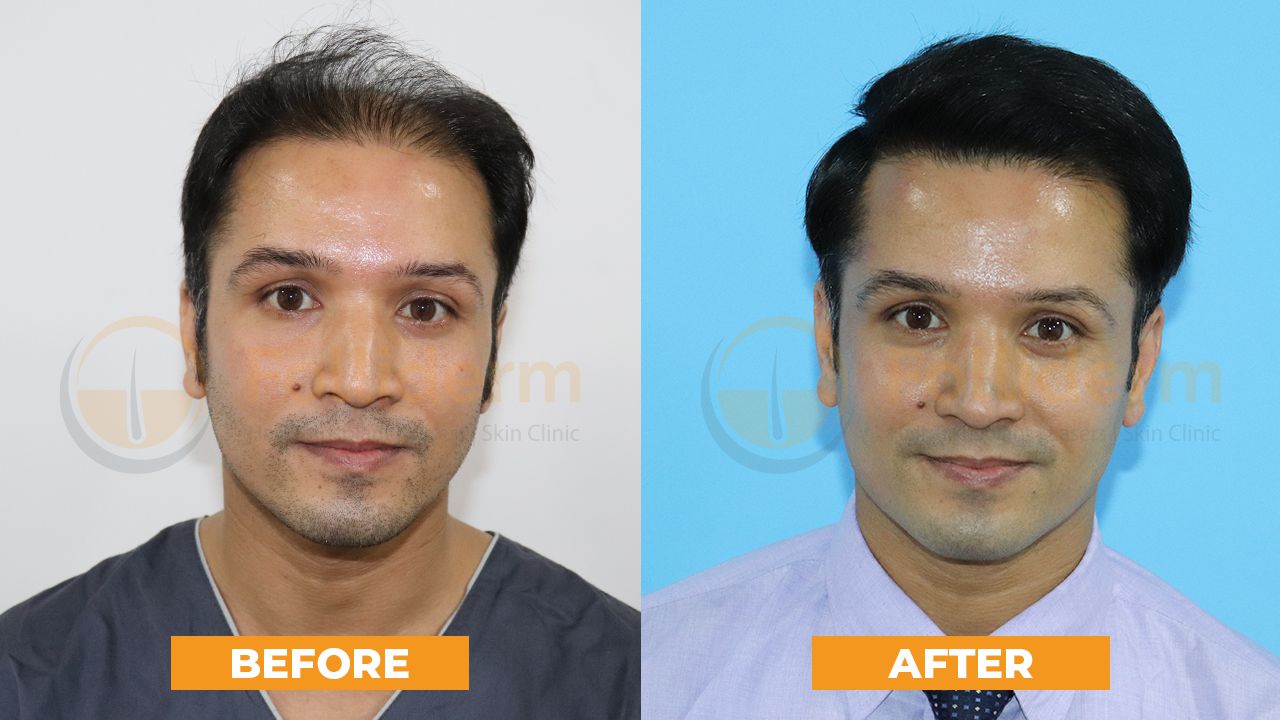
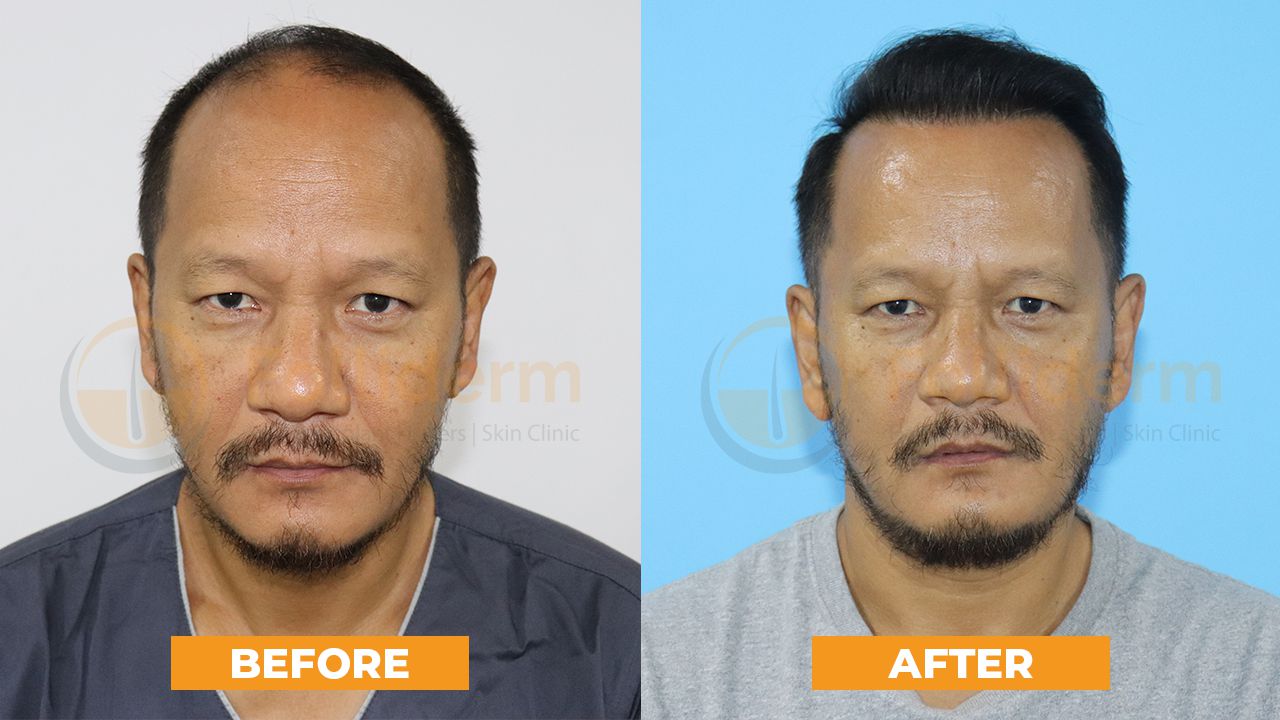
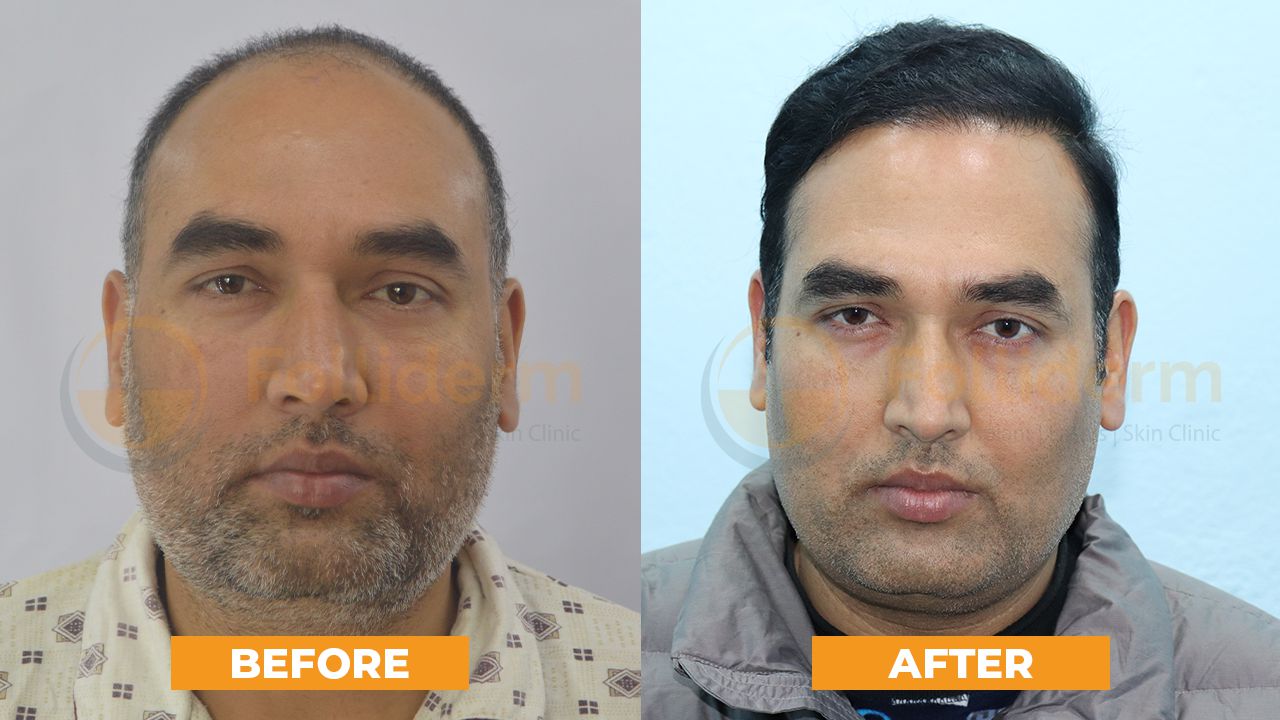
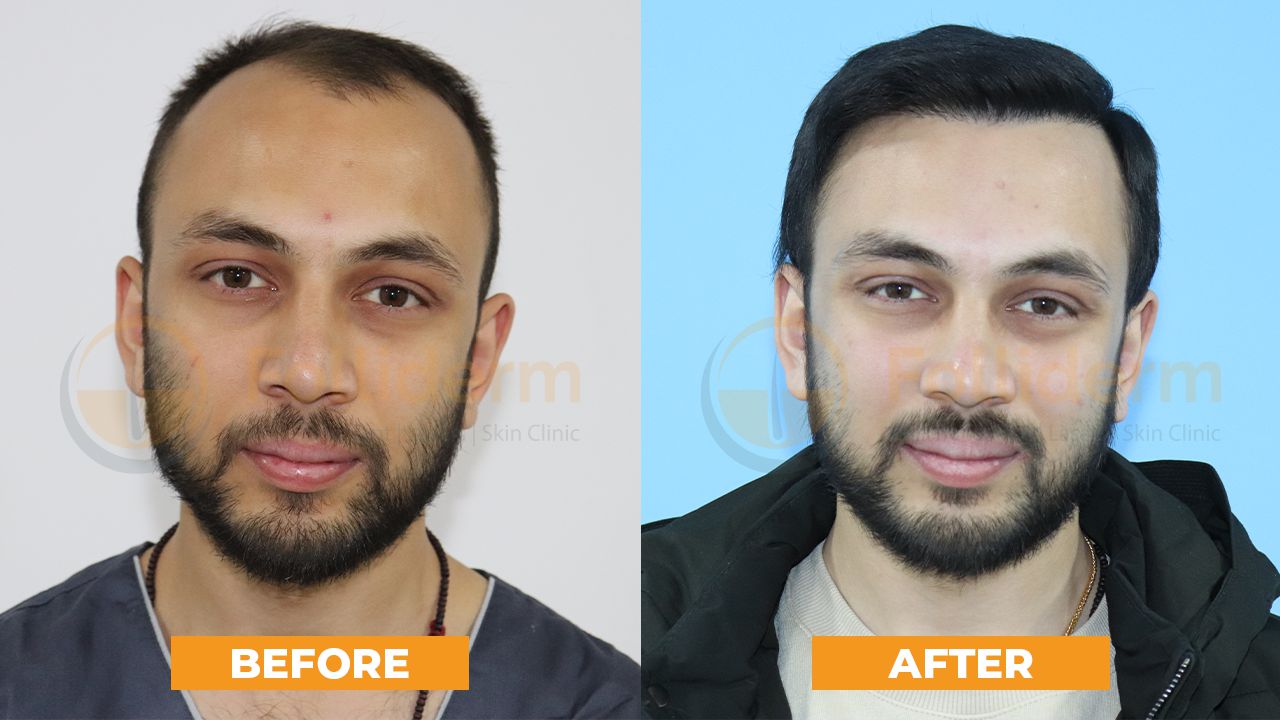
_compressed.jpg)